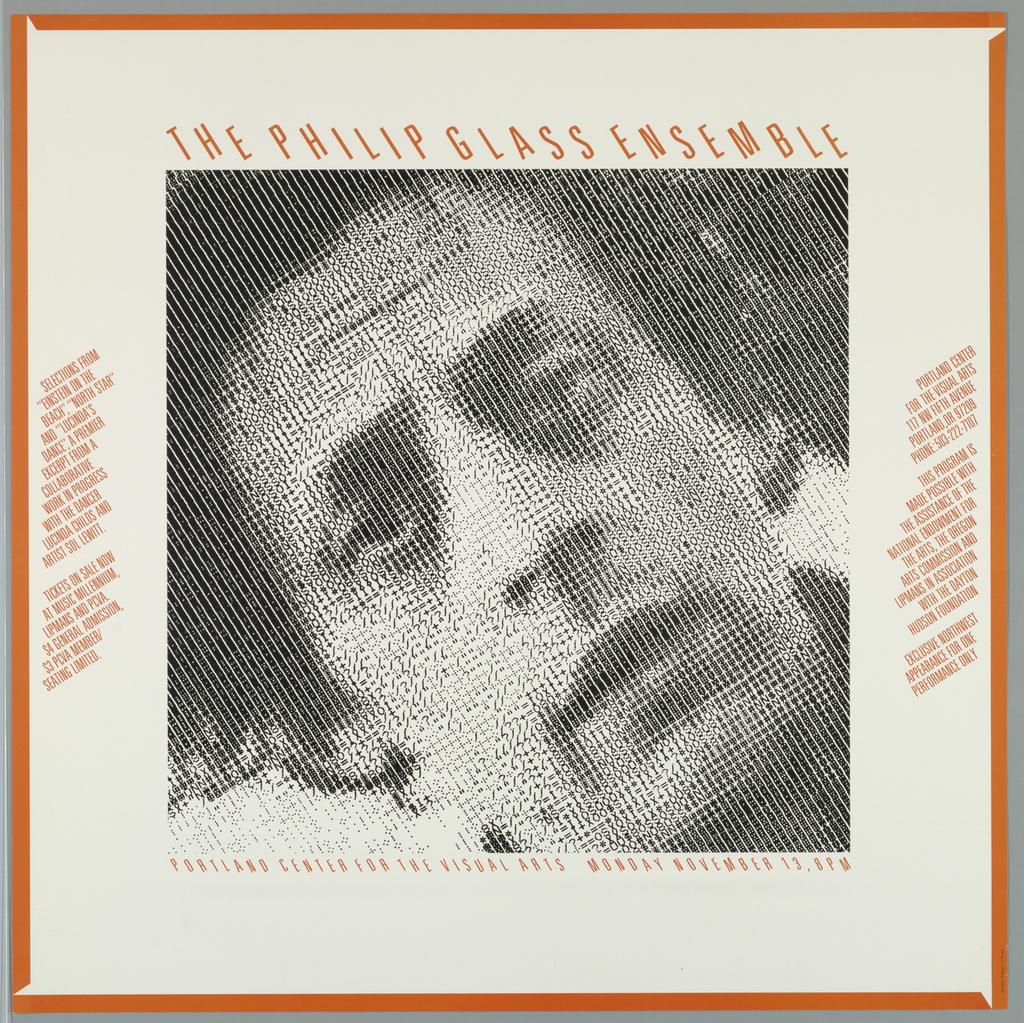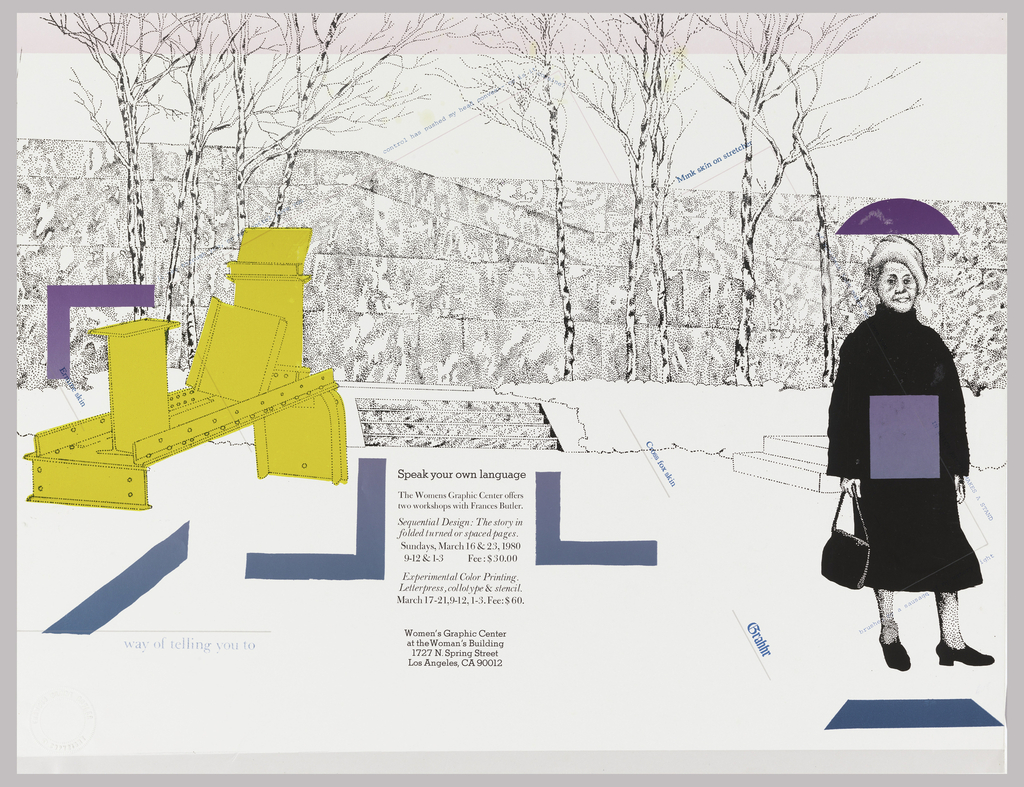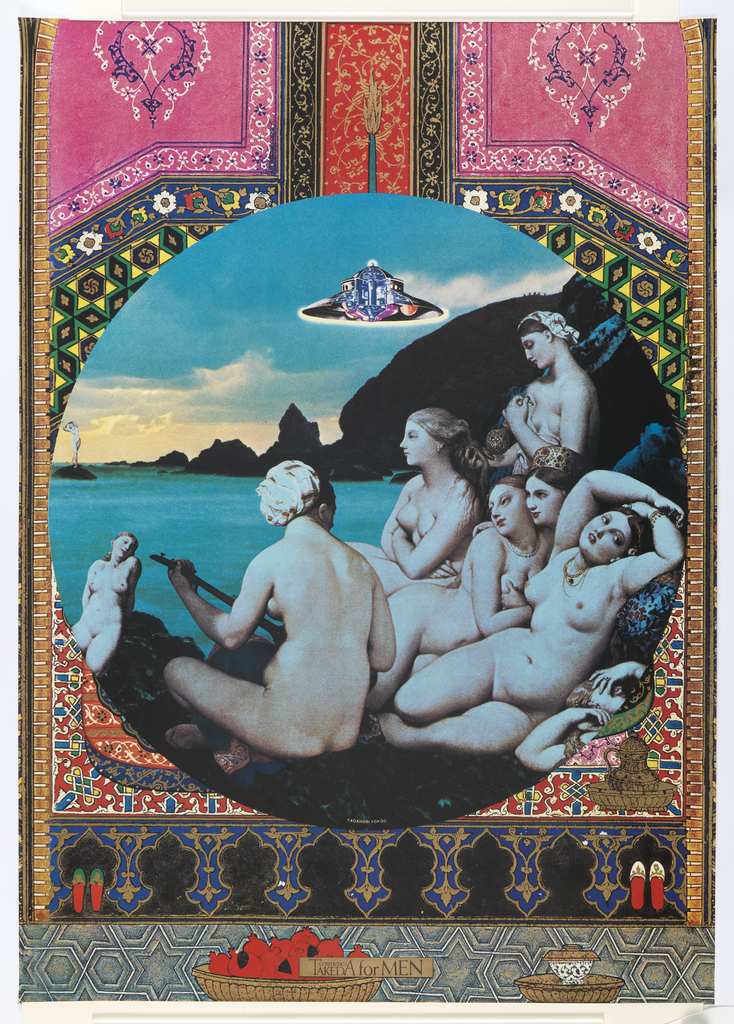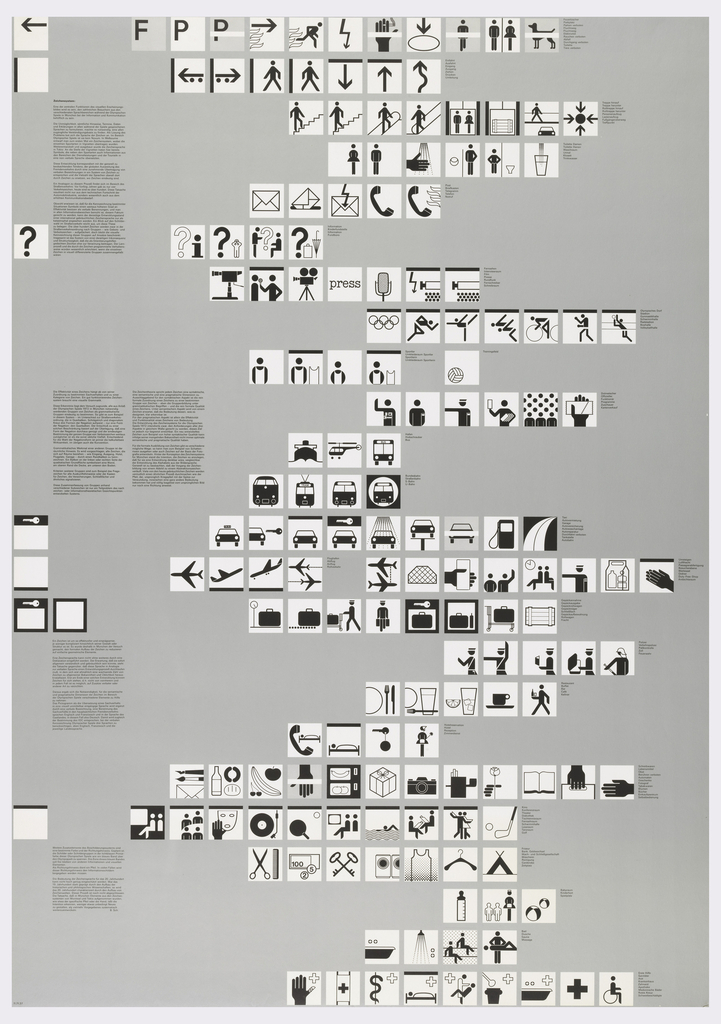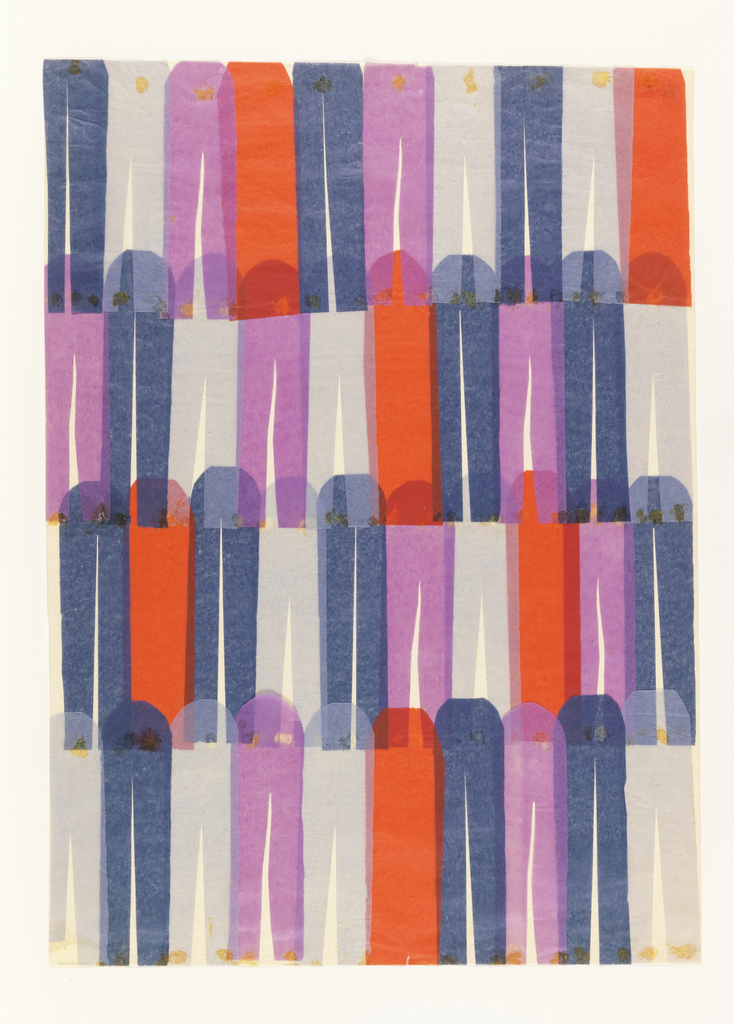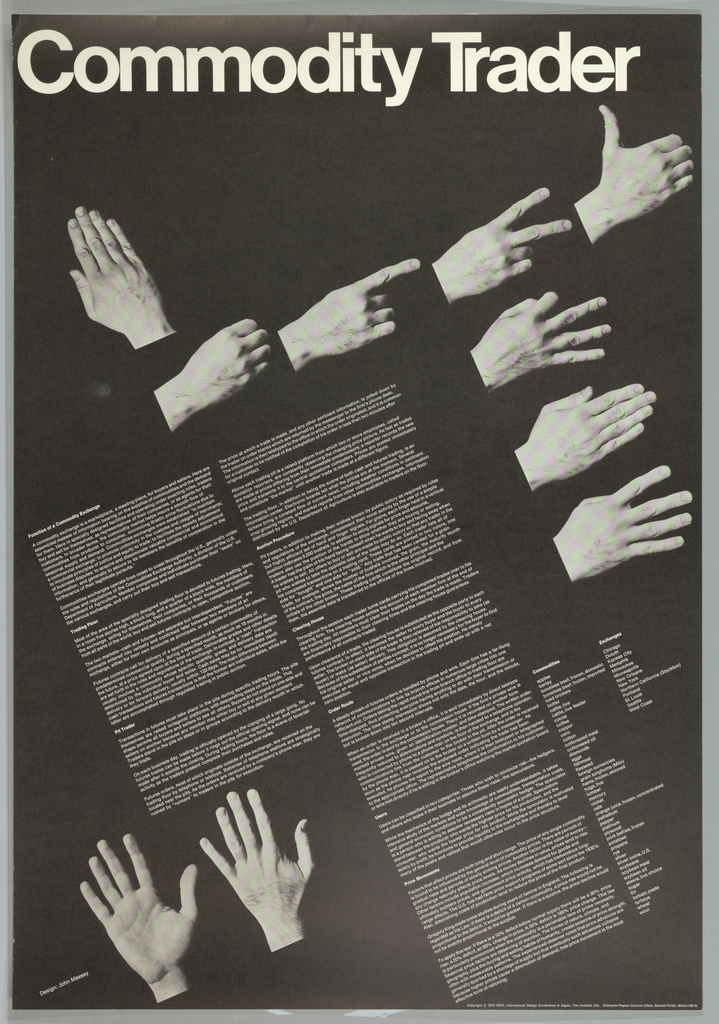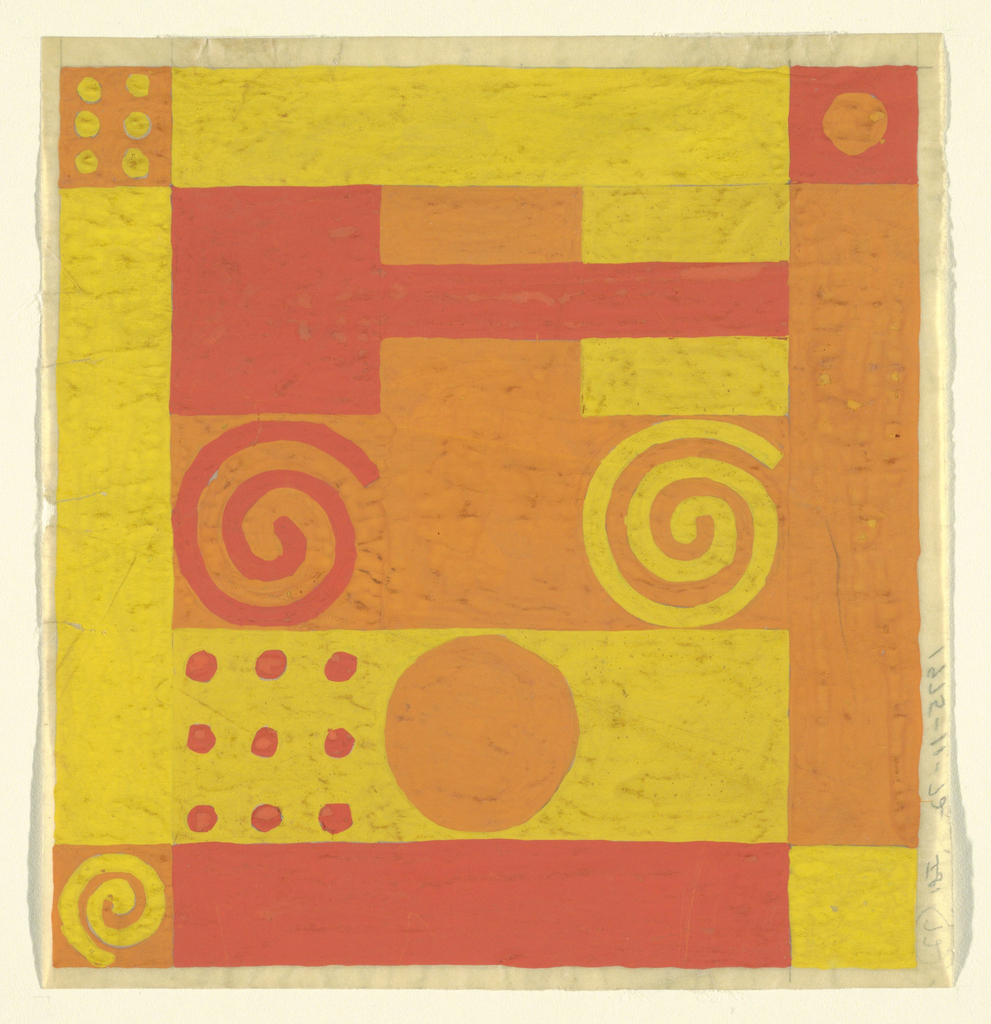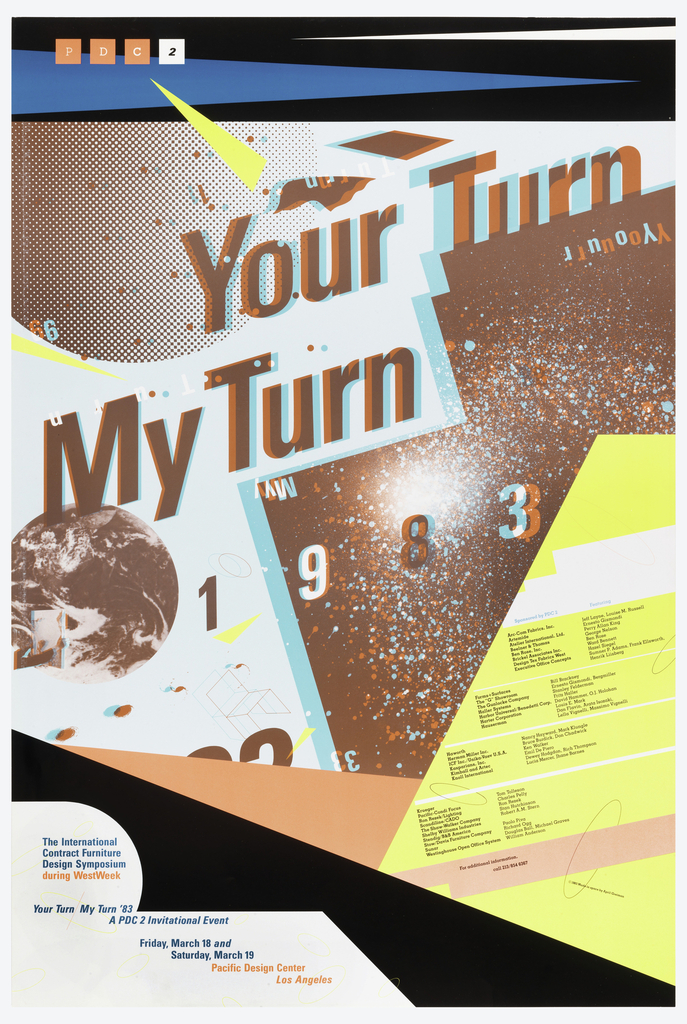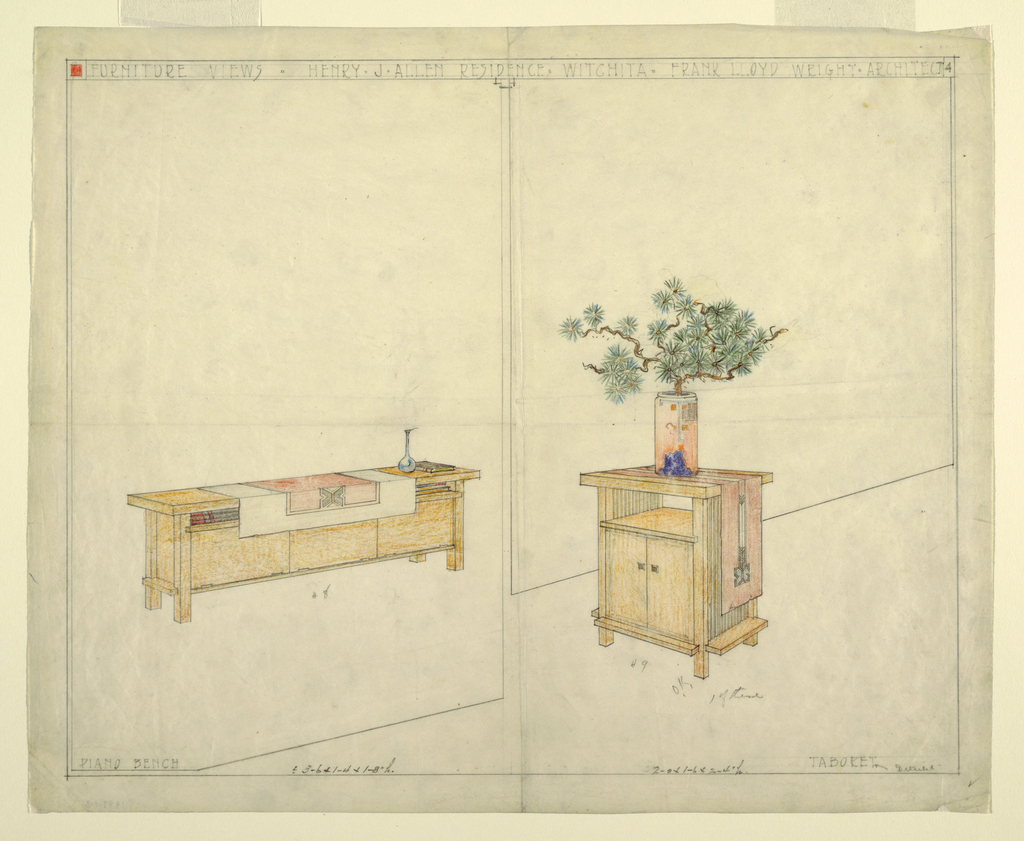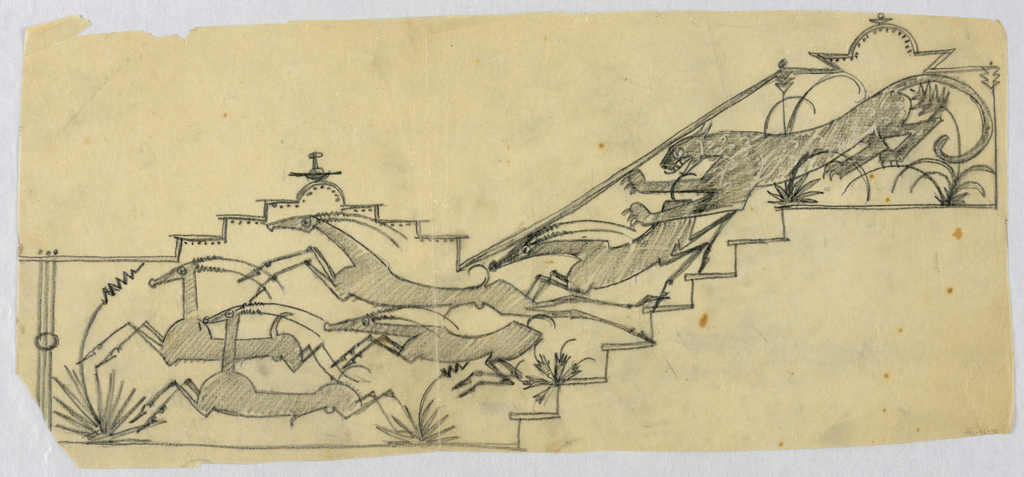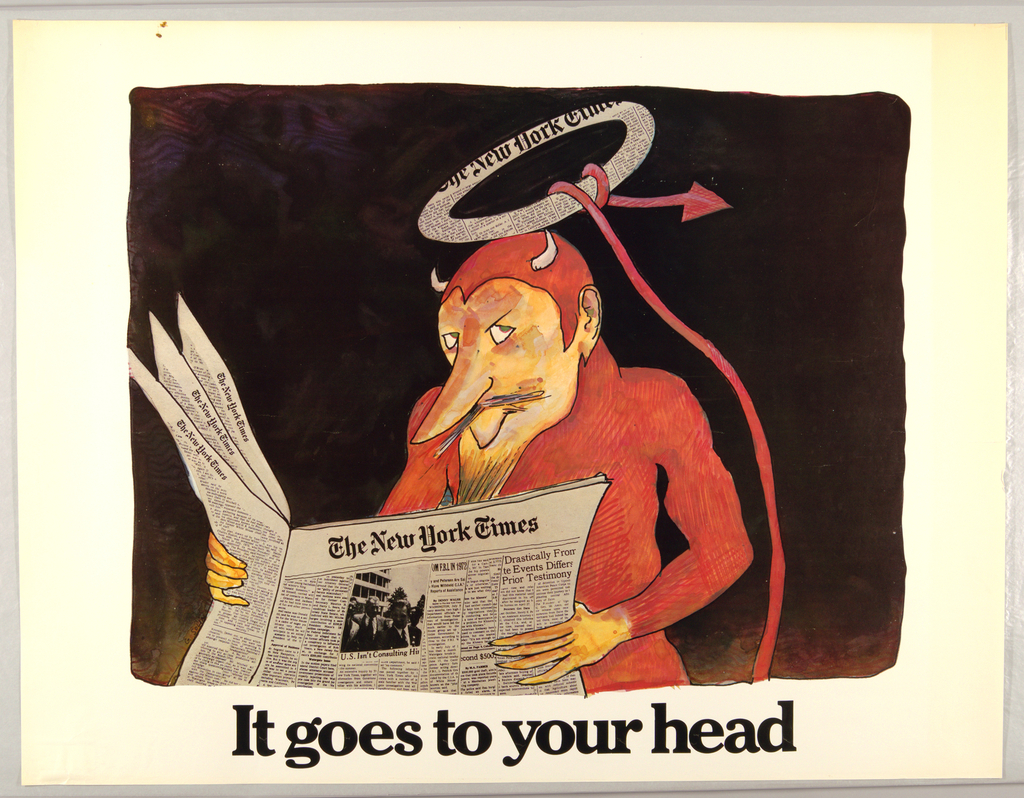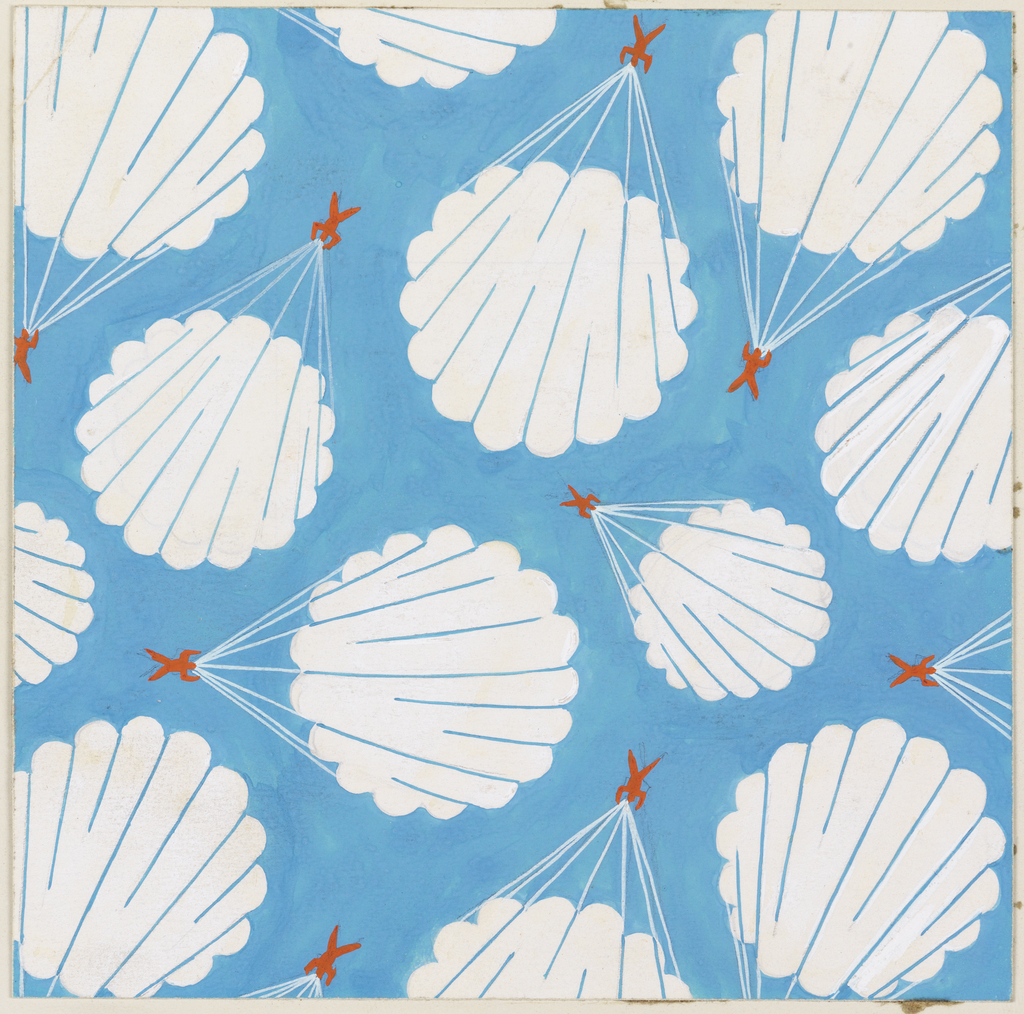In 1967, the composer and musician Philip Glass formed the Philip Glass ensemble in New York, a group of seven musicians playing keyboards and woodwinds, amplified through a mixer. Glass previously studied at the University of Chicago, Julliard and in Paris with Nadia Boulanger, but found himself frustrated with modern music. This dissatisfaction led him...
In 1946, the twenty year old artist Ruth Asawa entered the renowned, experimental Black Mountain College, where she studied for three years under mentors such as Josef Albers, Merce Cunningham and Buckminster Fuller. Born in California to Japanese immigrants, Asawa spent her childhood working on her family’s farm, until 1942, when the entire Asawa family...
In celebration of Women’s History Month, March Object of the Day posts highlight women designers in the collection. “Images and words that reflect the authentic and varied life experiences of women are seldom valued or visible in public, printed communications, undermining our connection to the dominant culture. Lacking the graphic skills valued by that culture...
“One of my motives for becoming a graphic designer,” said the Japanese designer, Tadanori Yokoo, “was to make tourist posters. As a result, all my pieces end up looking like tourist posters. The only thing is that these posters are about places that don’t exist on earth. They may be about a lost paradise.”[1] Tadanori...
In 1966, the influential German designer, Otl Aicher (1922–1991), was hired to design the 1972 Munich Olympic Games’ iconography, language, and overall graphic scheme. By this time, Aicher had worked to modernize brands like Braun (1956–66) and Lufthansa (1962–64) and was a co-founder of the Ulm College of Design, a school established upon a post-war...
The 1967 “Summer of Love” in San Francisco ushered in a wave of music lovers, rock bands, and graphic artists. Psychedelia drifted through the air and inspired the creation of free-form, vibrant compositions in all creative fields. Concert posters became the relics of the San Francisco music scene, created to promote music and dance venues...
“Sharp, brilliant colors skillfully combined or used with neutral tones provide excitement in an extensive collection of textiles introduced by Herman Miller Company…” describes the New York Times writer Betty Pipes of Alexander Girard’s debut textile collection in 1952.[1] Girard was a European trained architect who came to prominence in Detroit, where he established an...
In 1972, The International Design Conference in Aspen (IDCA) appointed the architect Richard Saul Wurman as the program chairman for its annual symposium. As chairman, Wurman was responsible for choosing the conference’s theme and proposing the various programs, exhibitions, and discussion sessions. Wurman decided to depart from the IDCA’s standard exploration of practical design issues...
From the time she arrived in the United States from Budapest in 1913, Ilonka Karasz was a force in New York City’s creative circles. Karasz’s oeuvre is diverse; over the course of her sixty-year career, she created furniture, textiles, silver, wallpapers, ceramics, and illustrations. Between 1925 and 1973, Karasz illustrated 186 covers for the New...
The idiosyncratic graphic designer April Greiman designed the poster Your Turn, My Turn for a 1983 symposium in Los Angeles, California. The conference aimed to discuss the roles of artists, designers, and architects within the field of design and possibilities for multidisciplinary collaboration.[1] In deference to the conference’s ambitions, Greiman embraces innovation and freedom in...
The seminal American architect Frank Lloyd Wright began designing a house for a wealthy newspaper publisher, Kansas Governor, and eventually Senator, Henry J. Allen, in 1915. The only residence designed by Wright in Wichita, KA, the Allen House was completed in 1918 and is considered the last of Wright’s celebrated Prairie Houses. Wright employs his signature...
This striking drawing, titled Altar Mensa for the Borghese Chapel in the Santa Maria Maggiore, is by a lesser known but influential architect, Mario Asprucci the Younger. Using water color paint to achieve vibrant illustrations of various, colored marbles and metals, Asprucci captures the architecture’s sumptuous materials and allegorical themes. The Borghese Chapel was originally...
Born in Hungary in 1884, William Hunt Diederich spent his childhood on his family’s estate, where his father bred and trained horses for the Prussian Army. Diederich’s mother was American and a member of the prominent Hunt family in Boston, whose relatives included the painter William Morris Hunt and the architect Richard Morris Hunt....
In Budapest, Hungary 1935, Andrew Kner was born into a family whose history in design, bookbinding and publishing dated back to the 18th century. In 1940, the Kner family fled the Nazi regime in Hungary and landed in Chicago, Illinois. Kner displayed an early interest in graphic design and matriculated at Yale University, where he...
LIFE magazine deemed him as a “dressmaker in silver” in 1939, but Tommi Parzinger was an incredibly versatile designer, celebrated for his furniture, wallpaper, packaging and textiles.[1] Parzinger designed furnishings for socialites, decorators, and celebrities like Marilyn Monroe and the Rockefellers and he established himself as a man about town in the glamorous circles of...
